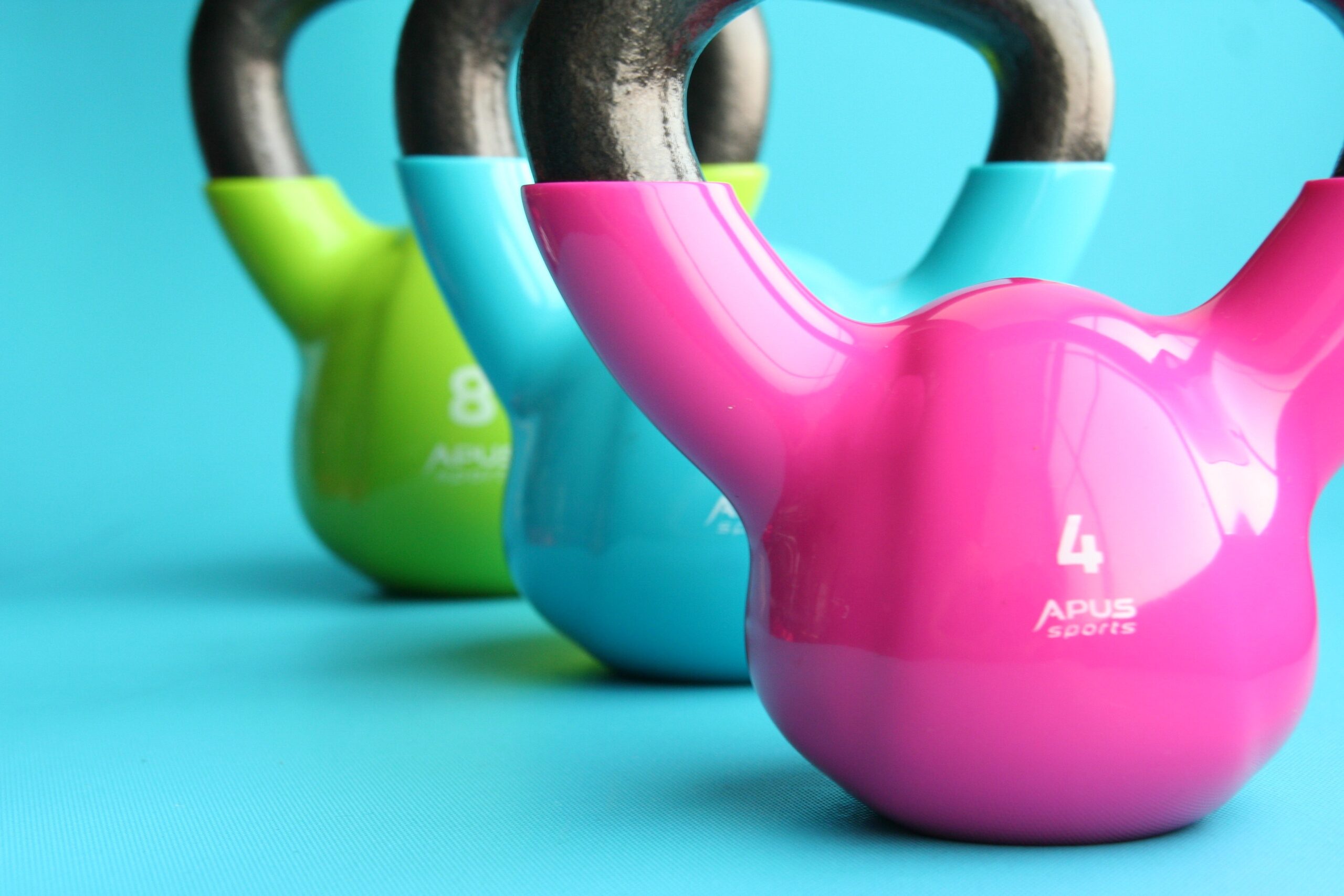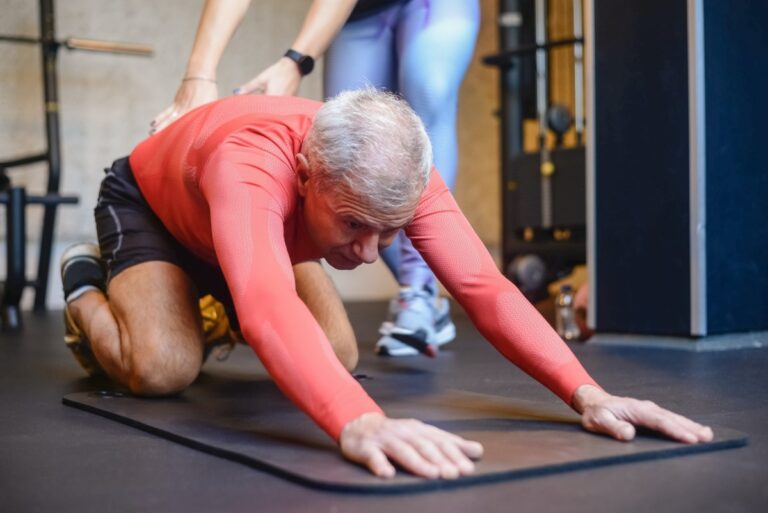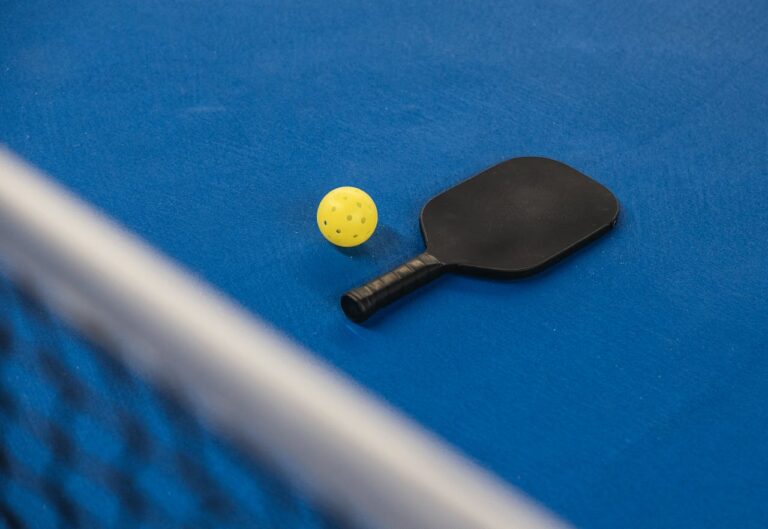#FitForSnow: Pre-season Intervals for Power and Endurance
There are a lot of ways to build and maintain fitness.
If you work in a physical job like wildland firefighting or tree planting or are a competitive athlete (or just train like one), your baseline fitness from work and exercise will be very high.
But most of us don’t have these types of physical lifestyles, so if we want to be able to perform at a high level we have to do some form of prep for the on-snow season.
Interval workouts are a great way to build or maintain fitness and the intermittent nature is a lot like skiing and riding at the hill.
It’s not the only way to get fit, but it is very efficient, and it will work for you if you use it.
It’s also important to work progressively, increasing the workload as your body adapts until you reach the desired level of fitness. Then once you are in your season, you can maintain it with much less work.
How to choose which activity for the workout
The key is to achieve a high level of demand on your heart and lungs as quickly as possible, and then sustain a maximum effort for the given work interval.
You can do this using many different types of activities, but the more muscle mass involved the better.
For example, canoeing will raise your heart rate, but never as much as running, as paddling uses smaller arm muscles while running utilizes large muscle groups.
In addition, paddling is sometimes limited by the strength of your arms; for most people they fatigue before your heart and lungs reach a high level of effort.
When it comes to your chosen activity, you know your body the best; you also know what activities you enjoy and what you have access to.
You may choose whichever activity that works for you, as long as it gets your breathing and heart rates up to high levels.
Running, cycling, rowing, swimming, Nordic skiing, snowshoeing and skating are a few great choices.

If you prefer to ride your mountain bike, find a good hill and do your intervals as part of your ride.
If you are going paddle boarding then do your intervals swimming, or on a steep bank near the beach.
If you are taking your kids to the park, play tag or soccer and run the long way around the schoolyard.
You can do it on a stationary bike or treadmill, but it absolutely does not have to be done in a gym.
Sports like ultimate frisbee and hockey are also good equivalents for the short interval program, but make sure that you keep the effort high, with short rests so that you don’t fully recover between efforts.
How to do a work interval

The workouts are set up in intervals.
Instead of working out for 60 minutes at constant pace, you can achieve the same fitness more efficiently by working intensely for a short period of time.
If the work interval is 20-30 seconds, no pacing is involved, simply go as hard as you possibly can for the duration of the work interval.
If the work interval is longer than 40 seconds and you go all out, you won’t be able to finish the work interval at the same intensity.
While it’s acceptable to slow down a little, you want to be able to keep going for the whole interval, so you will have to pace somewhat.
It takes practice to know what the right intensity is, but it’s better to err on the side of intensity and finish the interval crawling than it is to go too easy.
How to do a recovery interval
Each work interval is followed by a short recovery period.

This period is not for full recovery, but to give you enough rest that you can generate effort again.
This allows your heart and lungs to continue to work hard during the rest interval, and your body will learn how to recover quickly.
As your fitness level increases, the work intervals gradually get longer, and the recovery intervals gradually get shorter.
You may not feel much like moving during some of the recovery periods, but you will recover faster if you move a bit rather than standing still.
Easy movement helps the muscle flush out waste products and deliver fresh nutrients.
This type of on/off work is very characteristic of skiing and riding and sports like hockey, volleyball, basketball and ultimate frisbee.
Since all the workouts are based upon time, you can do them using any type of exercise that you want, as long as it meets the criteria explained above of raising your heart and breathing rates as much as possible.
And since you are going for maximal effort, the workouts adjust themselves for your fitness level: the fitter you are, the more work you do.
Getting the most out of intervals: the two day sequence
To get the most out of intervals, do the workouts in a 2-day workout sequence.
Because you have to push hard, it’s very important to make sure to warm up before the workout, as well as cool down after the workout.
DAY 1:
The first day of this 2-day sequence is the short interval consisting of 20-40 seconds of maximal effort followed by a short active rest period of 20-40 seconds. Then repeat the whole sequence 4 – 6 times depending on your level of fitness.
If you do it right, you should feel a little tingling in your fingers due to the acidity of the lactic acid generated.
This workout will cause you to produce a burst of anabolic hormones, which creates a more effective response to the workout on the following day.
DAY 2:
The second day of this 2-day sequence consists of long intervals of 1-5 minutes of maximal work. These will drive your ability to work aerobically to a high level, giving you power, and access to the endurance that you have already built.
The work to rest ratio should be 1:1, so if your hard interval is 3 minutes long, follow it with 3 minutes of active recovery, and then repeat 2 to 3 times.
Contributing Expert

Delia Roberts PhD., Researcher and Founder of the Fit For Snow Program







